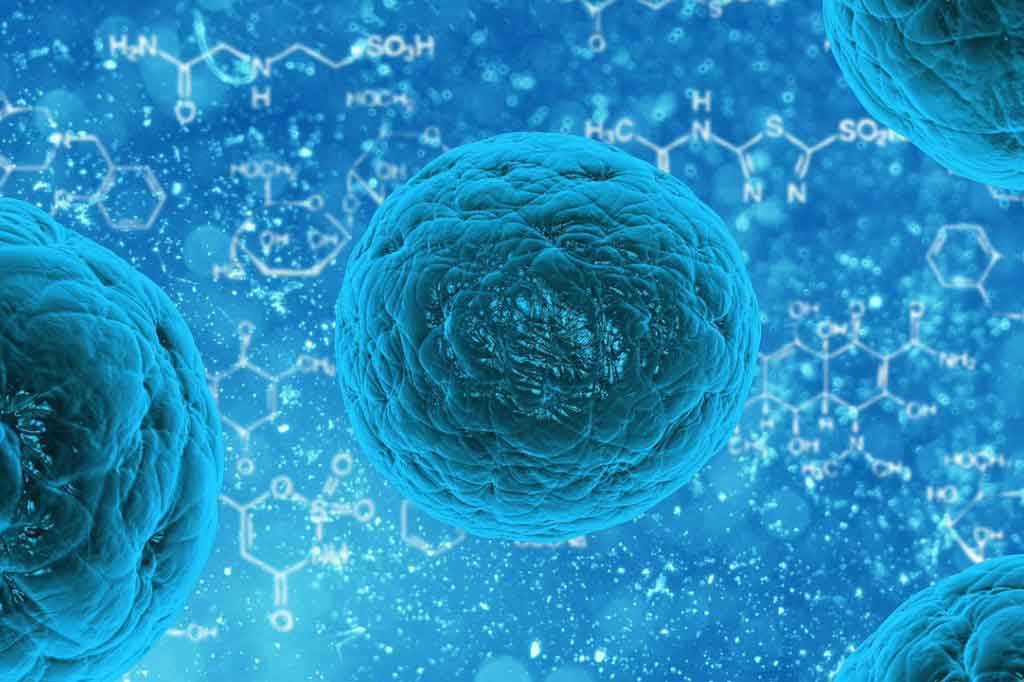Happiness spreads to friends
Genetics and stem cells
“Happiness is ‘infectious’ and spreads through friends and family,” reports The Daily Telegraph today. The newspaper suggests that a study of 5,000 people has found
“Happiness is ‘infectious’ and spreads through friends and family,” reports The Daily Telegraph today. The newspaper suggests that a study of 5,000 people has found happiness can be transferred through social networks, and that happiness appears to be partly dependent on the mood of friends and family, or even those you do not know directly.
The large, well-conducted study has shown that there is some cascade effect of happiness from a person to those around them. The researchers say that there are three main reasons why this might be the case: happiness of one person causes happiness of others, people and their contacts are made happy by some common factor, or that happy people might simply seek out happy friends.
This study cannot prove which of these happens, but the researchers have taken steps to rule out the option that happy people befriend happy people.
While the results of this study will need to be replicated in further research, they do support the basic premise of public health care: that people should not live in isolation and are affected by others in their social networks.
Where did the story come from?
This research was conducted by Drs James Fowler and Nicholas Christakis from the University of California and the Harvard Medical School. The study was funded by the National Institutes of Health and the Robert Wood Johnson Foundation. It was published in the peer-reviewed, British Medical Journal.
What kind of scientific study was this?
This study analysed data from a large, long-running cohort study, the Framingham Heart Study. Its aim was establish how happiness is distributed within social networks and, in particular, whether it can spread through direct relationships (e.g. friends) and indirect relationships (friends of friends).
The original Framingham Heart Study enrolled more than 5000 adults in 1948 following them up for many years. The next generation of this study enrolled 5124 of these original participants’ offspring as well as their spouses. This second generation, which was followed up from 1983 to 2002, is the subject of this publication.
For the purposes of this study, these participants were termed ‘egos’. Each of these egos was connected to other people through a social tie, e.g. a friend, family member, spouse, neighbour or co-worker. In this study, these connections were called ‘alters’.
Researchers created a “network dataset” of egos and alters (recording who was linked to who) using data from up to seven examinations between 1971 and 2003. Through this, they were able to link the egos with all of their first order relatives (parents, spouses, siblings and children) and at least one close friend. Researchers took address details and specific information so they were able to assess neighbourhood relationships by geographical analysis.
Connections through the social network were determined in “degrees”. For example, a friend would be one degree away, while the friend of a friend would be two degrees away. Data to determine happiness had been captured for both egos and many alters. Many of the egos followed in this study reported knowing other egos, i.e. there were connections between several of the research subjects.
Between 1983 and 2003, participants completed the Centre for Epidemiological Studies depression scale (CES-D), on several different visits. A perfect happiness score was defined as agreeing with four statements, namely: ‘I felt hopeful about the future’, ‘I was happy’, ‘I enjoyed life’ and ‘I felt that I was just as good as other people’. Happy was a perfect score on all four of these.
Researchers prepared images of the networks between egos and alters, and then tested whether “happiness” was clustered in this network and whether this was due to chance or not.
As some people are more well connected than others (have more friends and are friends with people who themselves have more friends) the researchers also took into account a measure of this – which they call “centrality”. They also measured happiness as a function of age, gender, education, happiness of the alters and happiness in previous assessment.
What were the results of the study?
Happy people tended to be connected to one another, and that this clustering was significantly greater than would be expected by chance.
An ego was about 15% more likely to be happy if connected to a happy alter (one degree of distance), and was still significantly more likely to be happy up to three distances away (5.6% more likely). Additional happy alters increased happiness in the ego, but unhappy alters had little effect.
An ego was about 15% more likely to be happy if connected to a happy alter (one degree of distance), and was still significantly more likely to be happy up to three distances away (5.6% more likely). Additional happy alters increased happiness in the ego, but unhappy alters had little effect.
Using quite complex modelling, researchers concluded that having a happy friend nearby (living within 1.6km) increased the likelihood of the ego being happy by 25%, compared with if the nearby friend was not happy. Distant friends (living more than a mile away) have no effect.
Happy, nearby siblings increase their sibling’s chances of being happy by 14% (only just statistically significant) compared with unhappy siblings. Next-door neighbours have a significant effect too (34%), but this measure is not very precise. Also, changes in happiness seemed temporary and gender also played a part.
What interpretations did the researchers draw from these results?
The researchers concluded that while many factors determine happiness, an individual’s happiness tends to depend on whether others in their social network are happy. They say, “happy people tend to be located in the centre of their local social networks and in large clusters of other happy people”, and that this happiness reaches up to three degrees of separation, i.e. a friend of a friend will feel the influence of a happy individual.
The researchers acknowledge that through their study it is not possible to identify a specific cause for the spread of happiness. Happy people might share their good fortune (e.g. by being helpful or generous), or may change their behaviour towards others or just “exude emotion that is contagious”.
What does the NHS Knowledge Service make of this study?
The researchers here have analysed a large web of data and have concluded that happiness appears to spread through social ties. This large, well-conducted study uses techniques that have previously been used to explore the connection between obesity and social networks.
Points to note:
- The analysis of social networks has enabled researchers to quantify relationships between individuals and the cascade effects of happiness. This may have public health relevance.
- The researchers say that the recognition that people are embedded within social networks and that this affects their health, provides conceptual justification for specialised public health services.
- By careful analysis, the researchers have addressed a main concern of this type of study – called homophily – that happy people will simply seek out happy friends, rather than making their friends happier.
- Only egos and alters who were included in the Framingham Heart Study were included in these analyses, so the study may have missed a number
of other networks. - In a commentary that accompanies the publication of this study, Peter Sainsbury – a public health professional – highlights this previous point. He suggests that the way in which information about close friends was gathered would not have encouraged people with many close friends to name more than one (therefore giving an incomplete picture of their network).
Happiness comes in many forms, and social groups contain people with many different personality types. People who are "not happy" still play an important role in social networks, and may also judge happiness by different criteria to those around them.
Sir Muir Gray adds...
This is scientific support for common sense.






 Subscribe
Subscribe Ask the doctor
Ask the doctor Rate this article
Rate this article Find products
Find products







